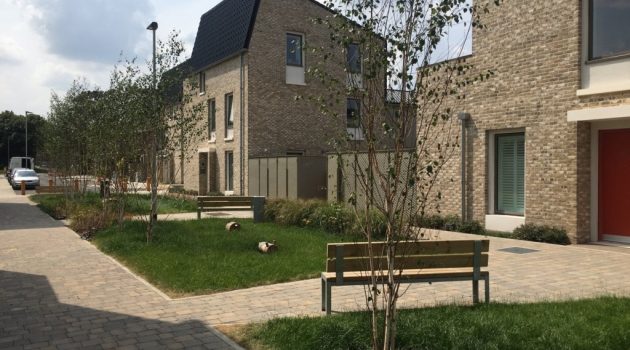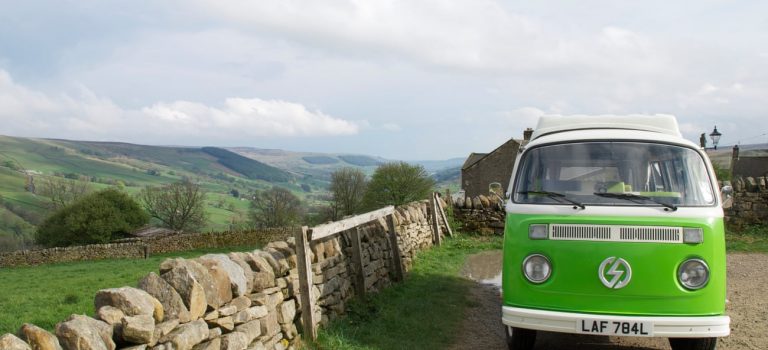In a potentially landmark decision, the Stirling Prize for the UK’s best new building was awarded to the Goldsmith Street social housing development in Norwich.
Not only is it the first time the award has been given to social housing, it marks a significant change in focus for the jury. Last year’s award went to the £1.3bn Bloomberg headquarters for being the most sustainable office building ever conceived – despite importing 600 tonnes of Bronze from Japan and granite from India.
The hope has to be that this award will help shape the direction of housing provision to come. The design is led strongly by social efficacy as well as environmental efficiency. Houses have doorways facing each other, encouraging social interaction, there are communal as well as private play areas and social spaces, and at the front, the design of the street has cars very much secondary to prioritising the movement and interaction of people.
When I’ve seen the new residents interviewed on the news, the response has been overwhelmingly very positive – many people just couldn’t see themselves ever moving out. Now that is an enviable level of satisfaction. Let’s have lots more.
Now – in a personal postscript to this – I have long been espousing the value of great social design in co-living spaces but actually, we have a potential project which we’re looking to bring to fruition next year, in which we had already identified the great value in creating a ‘street’ feeling for a group of holiday cottages and serviced accommodation apartments. Although the ‘street’ will always remain a right of way, the majority of the time vehicles will not be allowed anywhere. We want to encourage the feeling of ‘ownership’ of that area, by the people who are staying there, enabling parents to comfortably allow their children to play with each other outside.
This project is incredibly ambitious and we hope to be able to let you begin to see into it very soon. Fingers crossed!


